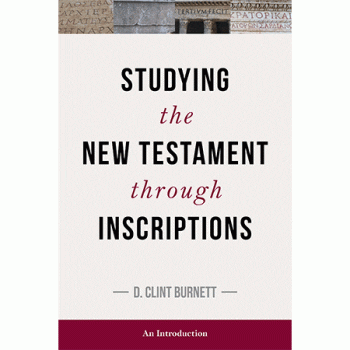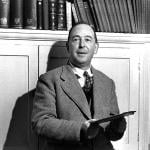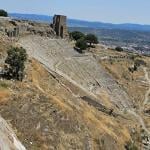Over at Evangelical Textual Criticism, Tommy Wasserman has a tribute to Swedish scholar Birger Gerhardsson.
In my view, Gerhardsson is the grandfather of a lot of what goes on in studies in oral traditional and orality of the Gospels. The impact of his 1961 thesis Memory and Manuscript is still felt and being fleshed out. He challenged the form critics on several fronts and I think, in course of time, he has won the argument Jacob Neusner’s foreword to the 1998 edition of the book is a MUST READ for anyone involved in Gospel scholarship, since Neusner repents of his earlier criticism of Gerhardsson. Everyone criticized Gerhardsson for reading post-135 CE rabbinic practices back into the New Testament, however, I think it is fair to say that the rabbis did not invent the use of memory in education and it was a standard feature in ancient pedagogy (see my earlier post on Libanius and memorization in Hellenistic education). No less an authority than Gerd Theissen said: “Despite reservations concerning a direct transfer of rabbinic techniques of transmission to early Christianity, we must recognize that we have here a historical analogy to the process of tradition in Christianity’s earliest phase.”[1]
[1] Gerd Theissen, The Gospels in Context: Social and Political History in the Synoptic Tradition (trans. Linda M. Maloney; Minneapolis: Fortress, 1991), 3 n 3. Cf. Alexander (“Orality in Pharisaic-Rabbinic Judaism at the Turn of the Eras,” 184): “Rabbinic models may be particularly relevant to elucidating how the early Christian groups elaborated and passed on their traditions. Comparison of the later rabbinic schools with the New Testament is, perhaps, all the more plausible because … rabbinic schools are not, broadly speaking, a distinctively rabbinic institution: they are an example of a cultural phenomenon widespread through the whole of the Middle East and the Mediterranean, a phenomenon established well before the rise of Christianity.” Kelber (“Work of Birger Gerhardsson,” 177) says that Gerhardsson “advanced an explanatory model that was suited to demonstrate the historical concreteness of the traditioning processes and the actual techniques that were operative in the transmission and reception of the tradition.”











